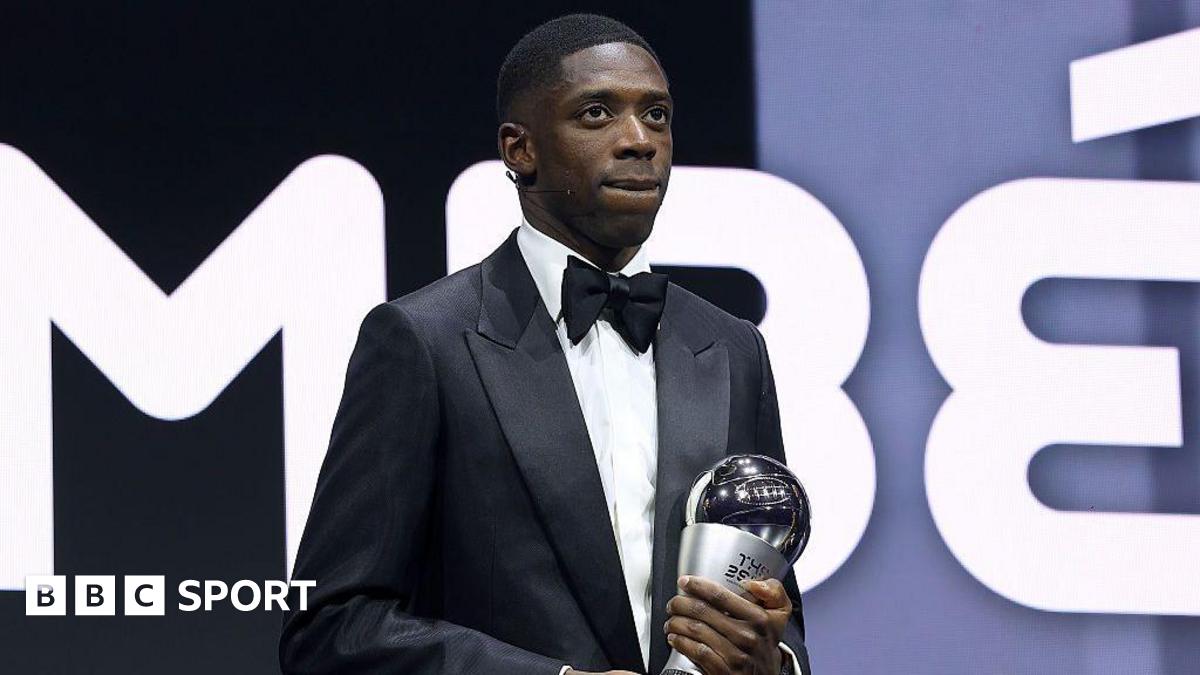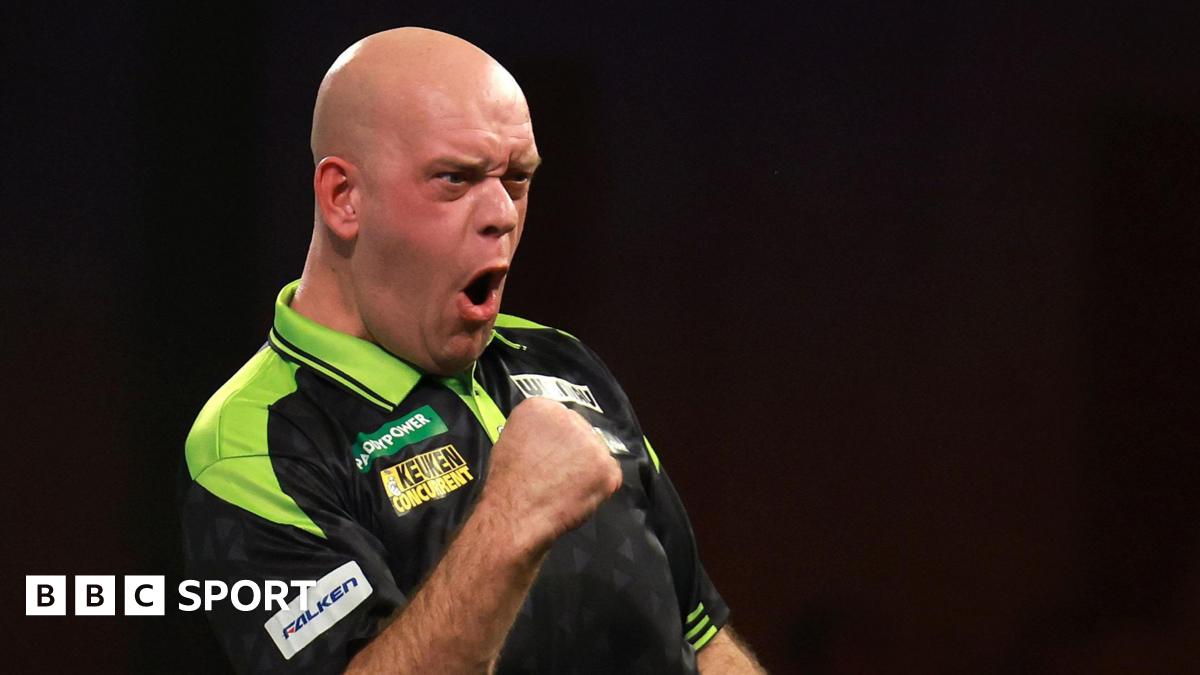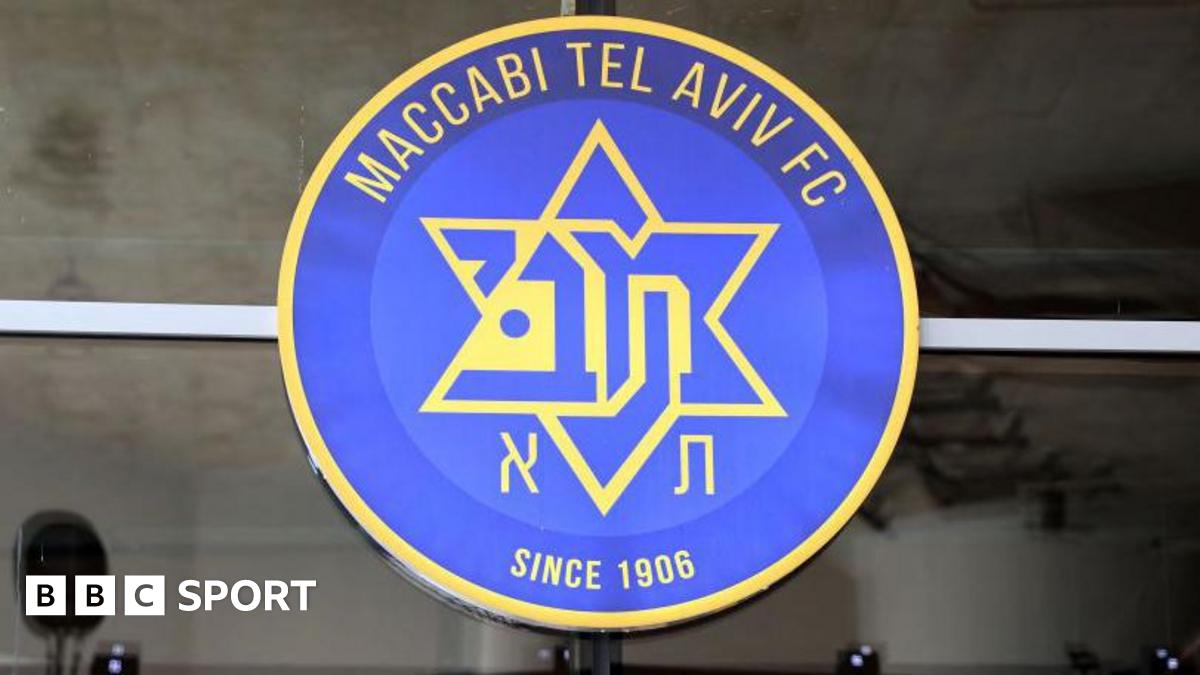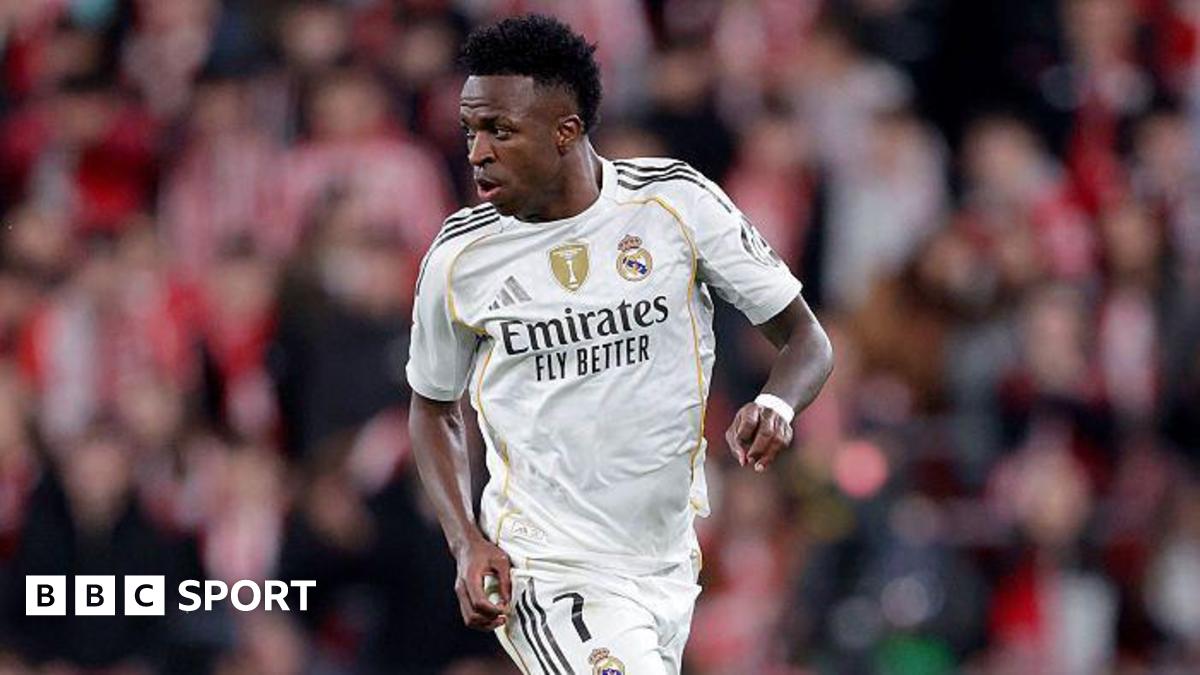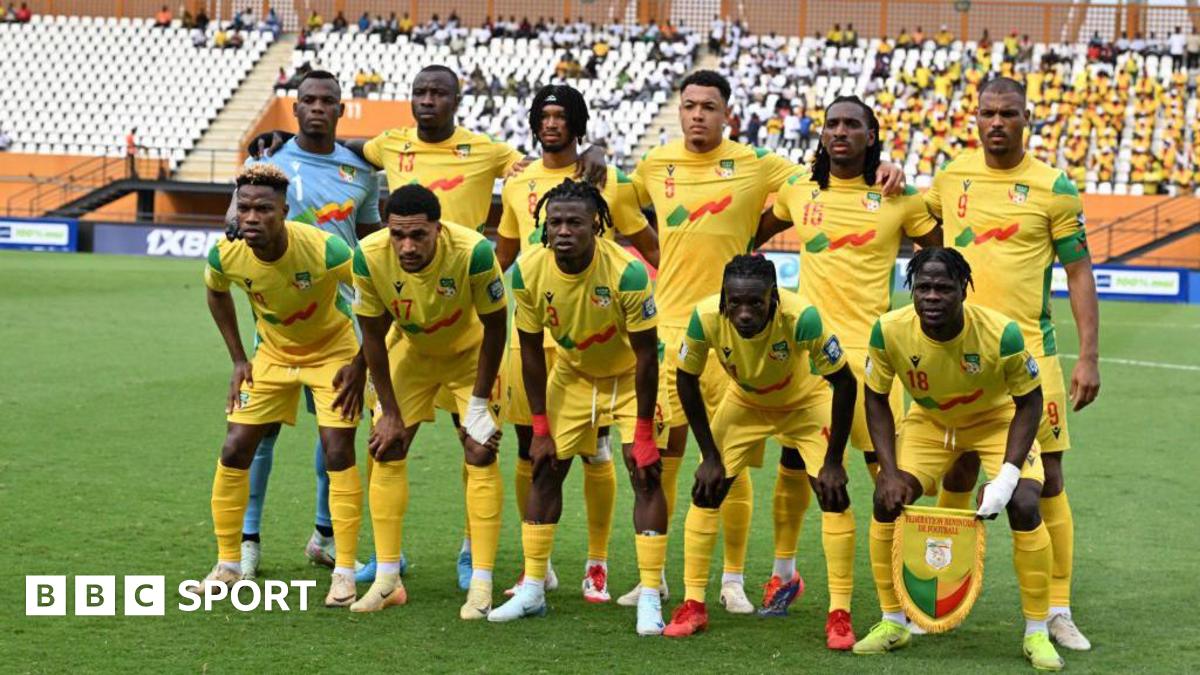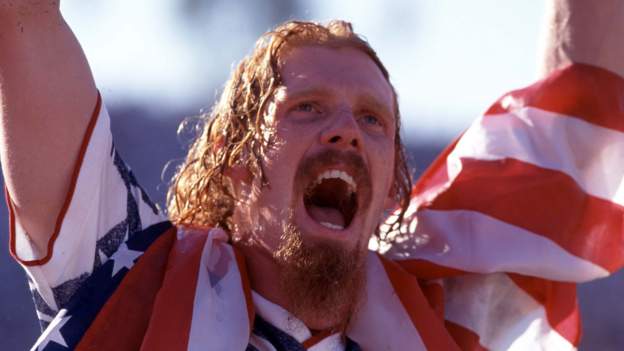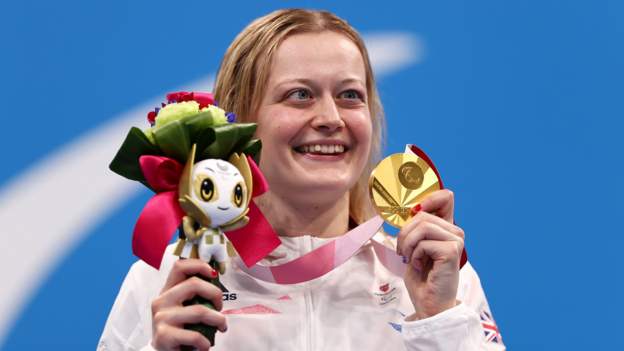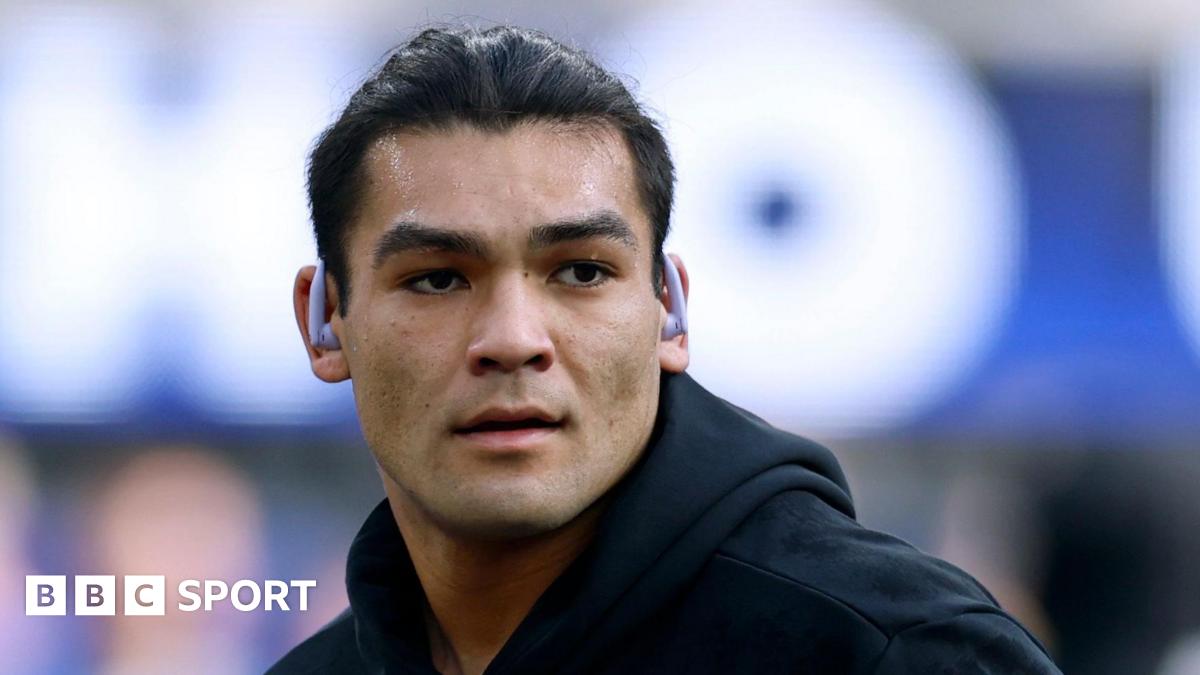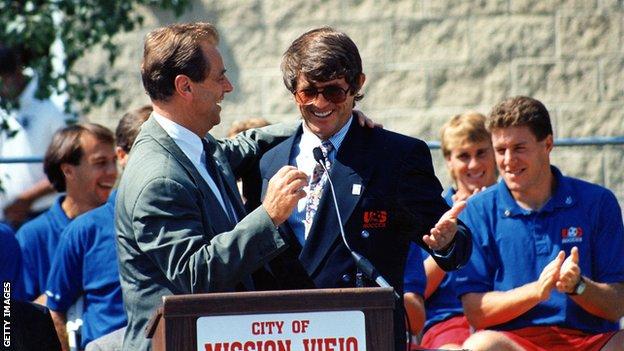
Bora Milutinovic wasn’t going to take no for an answer. The Serb was on the shortlist to become United States manager for the 1994 World Cup, and he didn’t want to be overlooked.
Then aged 47, Milutinovic had a burgeoning reputation for getting the most out of unfancied international sides. In 1990 he’d taken Costa Rica to the World Cup knockout stages. A year later he proved himself a pretty handy private investigator as well.
In 1991, Steve Sampson was helping US Soccer Federation president Alan Rothenburg prepare for the tournament.
“One of my roles was to put candidates forward to be national team coach and Bora was one of those,” Sampson recalls.
“I was living in the Bay Area at the time and Bora literally tracked me down. I was watching a game in a stadium in San Jose and he asked some people in the stands: ‘I understand Steve Sampson is here, can you point him out?’
“He came over, sat right next to me and said: ‘My friend, you must hire me’. I told him I wasn’t doing the hiring, but he replied: ‘You should recommend me because money is no issue and I just care about helping the US get to the second round of the World Cup.'”
Fellow candidates Rinus Michels and Carlos Queiroz never stood a chance. Sampson put Milutinovic forward for the position and so started one of the most unusual preparations of a host nation in World Cup history.
With three years to go before the tournament was to kick off, optimism around the USA team wasn’t high. There was no professional league in the country, many of the players were amateurs and despite qualifying for Italia ’90 to much fanfare, the Americans returned home without a single point.
No host nation had ever previously failed to progress beyond the group stage of the World Cup, so the threat of humiliation in front of a global audience when the tournament arrived was looming large.
“It had never been a question for previous hosts if they’d get out of their group, but it was a real question for us,” says defender Alexi Lalas, who made his international debut under Milutinovic.
“Internally and externally, that was the goal – do that and the rest is gravy.”
The good news was that, in Milutinovic, the US had a coach who already had a successful blueprint for upsetting the odds. He’d led hosts Mexico to the quarter-finals of the 1986 World Cup, then took debutants Costa Rica to the round of 16 four years later, despite only getting the job 90 days before the tournament began.
He quickly got to work.
Milutinovic scoured the US college system, offered central contracts to 30 players and set up residency in Southern California, before devising a schedule of 91 friendlies to give his newly assembled squad a crash course in international football.
“The players needed to feel what it meant to play at the highest level,” he says in new book How to Win the World Cup: Secrets and Insights from International Football’s Top Managers.
“We made a tour around the world – playing Sweden, Russia, North and South Korea, Brazil, Argentina, Uruguay, Paraguay. There was a great spirit and the players were mentally very strong.
“It was important to play so many games against different countries to learn what we needed to do and how we needed to do it. You can learn a lot more from playing against teams like this than teaching the players for many hours.
“In training we’d learn the mental side of the game, playing with and without the ball, then it was all friendlies and travelling. It was simple but it had amazing results.”

Milutinovic had essentially turned the US national team into a club side. With only four professionals playing abroad at the time, they developed an edge that couldn’t be matched by any other team going to the World Cup.
“A lot of us had never been on the books of a club before, so our careers were completely backwards,” Lalas continues.
“Bora recognised he needed to blood us and use this to our advantage, this strange silver lining that he’d found.
“We all know one of the biggest challenges for national team coaches is the limited time you have together, so for the core of the team to be based in residency and basically play seasons of games meant that when we stepped on the field to play at the World Cup, international football was just something we did.”
Life inside the training camp was anything but ordinary, though. Milutinovic’s eccentricities became more pronounced in that environment and his methods led Lalas to describe him as the “most amazing and most frustrating coach I ever played for”.
Sampson, who had been appointed as Milutinovic’s assistant to provide some balance as a homegrown coach, soon learned that being adaptable would be a valuable skill working beneath the Serb.
“In today’s football and the last generation in most of the world, the head coach would sit down with his assistant and go over training, but Bora never did that,” says Sampson, who went on to manage the US at the 1998 World Cup.
“One day I asked him: ‘How come you never let us know what you’re going to do for training?’ He said: ‘My friend, I must smell the grass to know exactly what the need is every single day’.
“So we’d get out on the field and he’d play soccer tennis with the players for 40 minutes as part of the socialisation period prior to training and he’d see what the needs were for the day.
“He said: ‘My friend, if you’re a good enough assistant coach, all I have to do is say you need x, y and z and you go over and do it. You should be able to formulate a plan in your head in 30 seconds and be able to accomplish what I need at that time.'”
Milutinovic’s soccer tennis sessions became a running theme of the training camp, with a number of key decisions made on players simply by observing their performances.
“I saw a team-mate make the World Cup team by the way he played a soccer tennis game on one of the last days before cuts,” Lalas laughs.
“We knew Bora took it [soccer tennis] seriously because he played it too. For him, the assessment of that soccer tennis was more about how that individual or individuals approached the game in tandem. What are the things they’re doing? How competitive are they? How did they take losing? How did you pick a partner?
“To a lot of us it was maddening. Some people got it and some people didn’t, he could test your patience like no other. But there was method to the madness.
“I often said he was a mixture of Yogi Bear and Yoda, but ultimately with the respect and, in my case, a real appreciation and love for the things he made me go through, because he was testing.”

For Lalas, one of his big tests was his hair. The 96-cap defender’s flowing golden locks and long beard would become synonymous with the US side during the World Cup of 1994, but his image drew Milutinovic’s attention when he was first drawing up plans for the squad.
“I had really long hair and I remember we were in Phoenix, Arizona and Bora’s assistant pulled me aside and said: ‘Bora wants you to cut your hair,'” Lalas says.
“I was irritated and I started ranting and raving about ‘this is America’ and individualism and ‘this isn’t right’. But the fact is, I’d have done anything to be on that team. I remember walking down the street to the local barbershop and cutting my hair.
“We had a meeting that night and it was the first time Bora saw me [since the haircut]. He walked in, just acknowledged me in the form of nodding his head and carried on. That was a year and a half before the World Cup and he never said another thing about my hair or how I looked because at that moment, I had passed that test.
“He wanted to see because he knew, for me, hair was important. From that moment on, I grew my hair out and grew my goatee. If I had to make that sacrifice then, I was going to come back with a vengeance.”
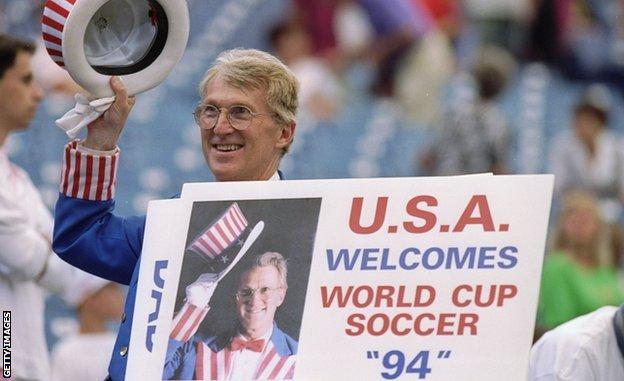
Almost inevitably, Milutinovic’s final squad selection for the tournament caused controversy, with a number of popular domestic players missing the cut.
A group consisting of much-fancied Colombia, a talented Romania team and Roy Hodgson’s Switzerland weren’t to be taken lightly, even if the 24-nation tournament meant there would be last-16 spaces for four third-placed sides.
“What Bora decided was that defensively we needed to be incredibly well organised and the attitude would be that we were going to play not to lose rather than to win,” Sampson says.
“We forced our opponents to play in front of us instead of playing so they could get in behind us. That worked and then we had enough talent in the team, whether it was a direct free-kick by Eric Wynalda in our first game against Switzerland, or the incredible play by Earnie Stewart, Cobi Jones and Marcelo Balboa against Colombia.”
A 1-1 draw with Switzerland and a 2-1 win against Colombia – the match of the infamous own goal by Andres Escobar that led to his murder – meant the US gathered enough points to progress before their final group game. A 1-0 defeat by Romania didn’t stop them earning their place in the next round.
Milutinovic and his ragtag bunch of US college players had achieved their goal. Their reward was a last-16 tie with would-be champions Brazil on Independence Day, a free hit to show off their sport to the American public. Bebeto’s 72nd-minute strike settled the contest, but the US had showed they could mix it with the best.
“If you’re going to lose in a World Cup then lose to the ultimate champions, and certainly that Brazil team was very good,” Lalas says.
“Then it was over, just like that. Everything stopped, you take a breath and realise you played a role in changing the way people look at the game. We certainly felt pride that we’d left something and we’d lived up to some of the expectations.
“I milked it for all it was worth and burned the candle at both ends over the year and don’t regret any of it. I loved every minute and I remain incredibly proud of what happened.”
As for Milutinovic, his mission was accomplished. He went on to manage Nigeria and China at the World Cups of 1998 and 2006 respectively, meaning he has led a joint-record five different nations at the finals – level with with Carlos Alberto Parreira, another with legendary status among the coaching fraternity.
But he wouldn’t experience anything like he did with the US vintage of 1994 again.
Chris Evans is the author of How to Win the World Cup: Secrets and Insights from International Football’s Top Managers



